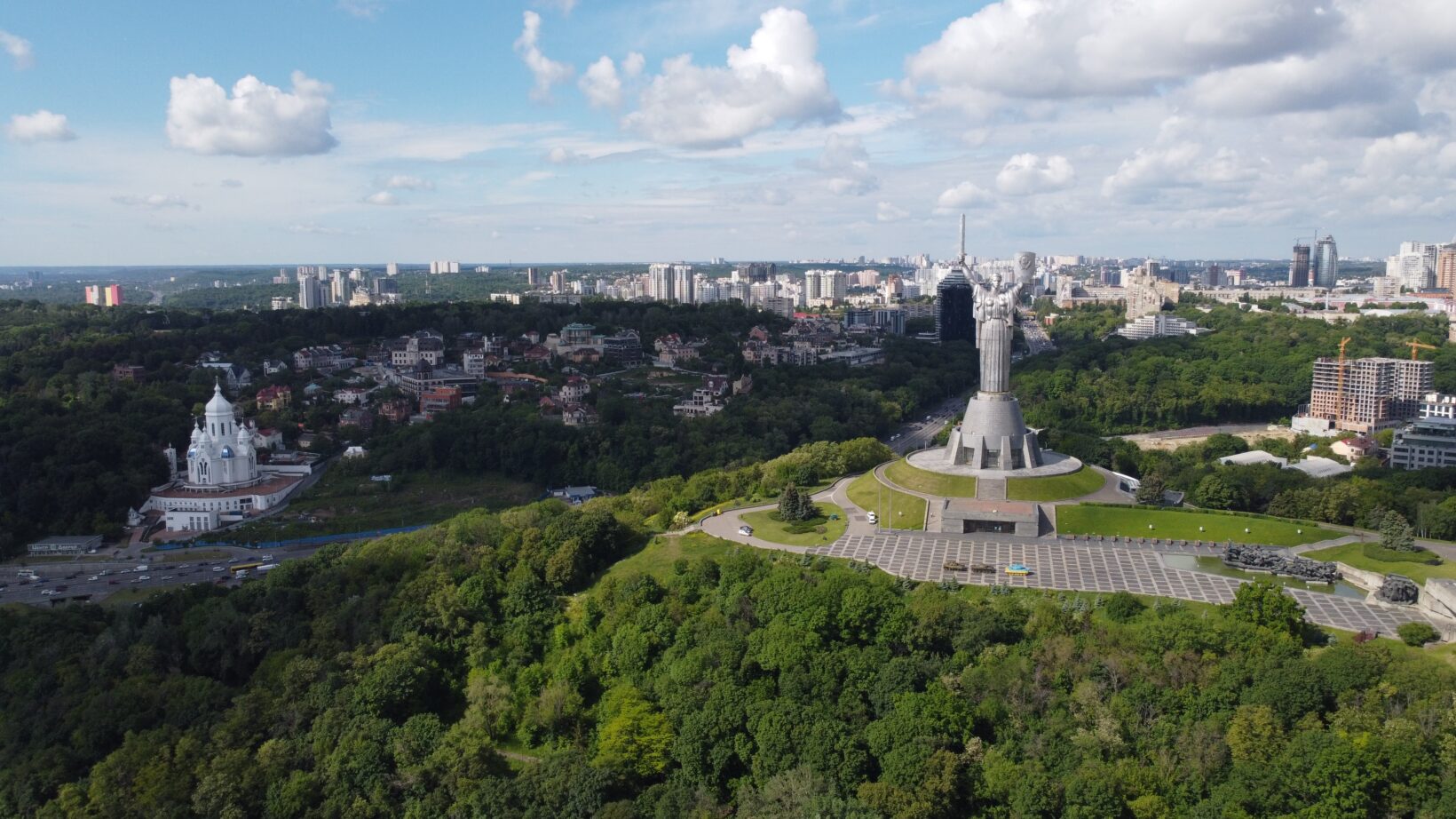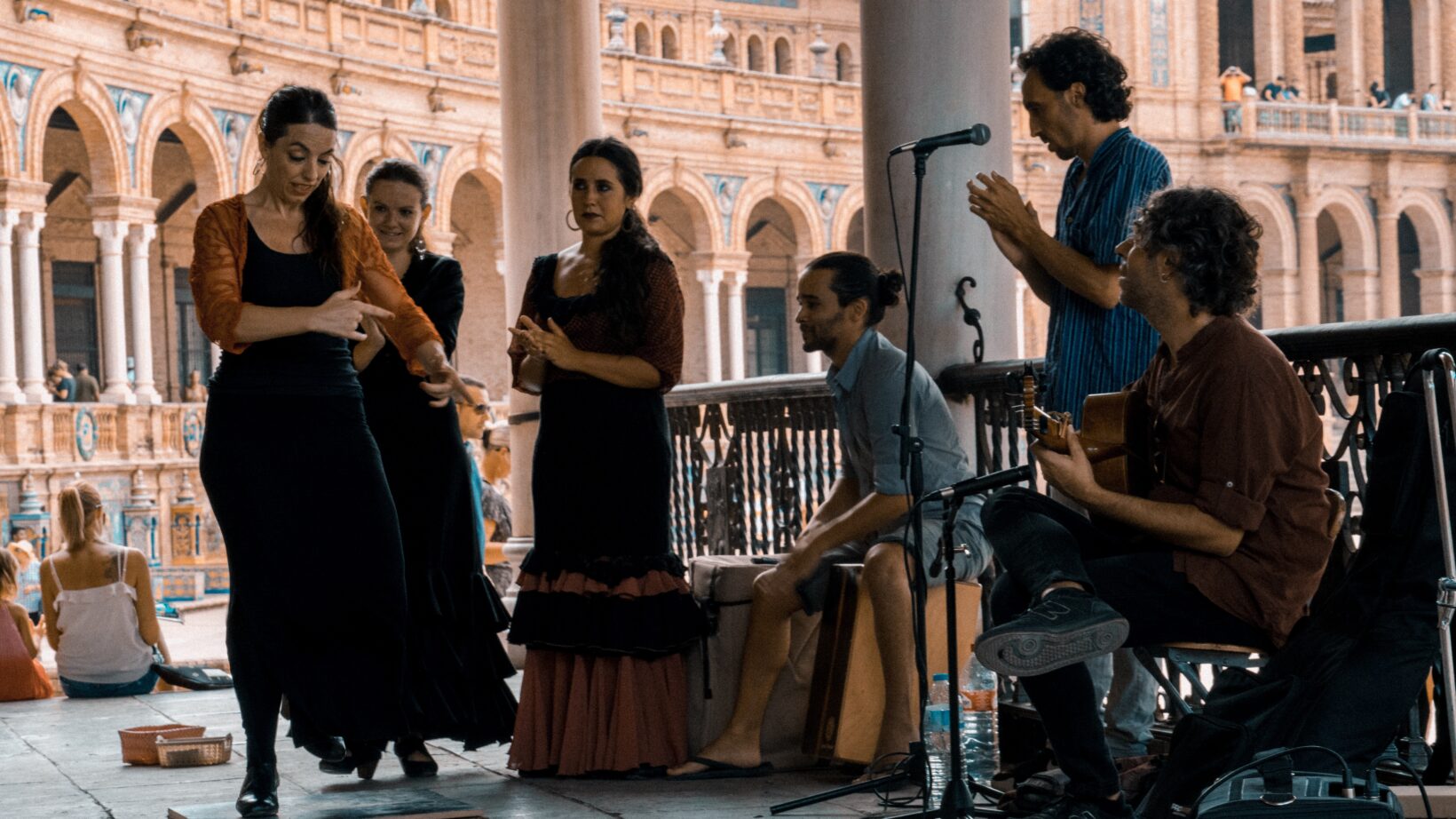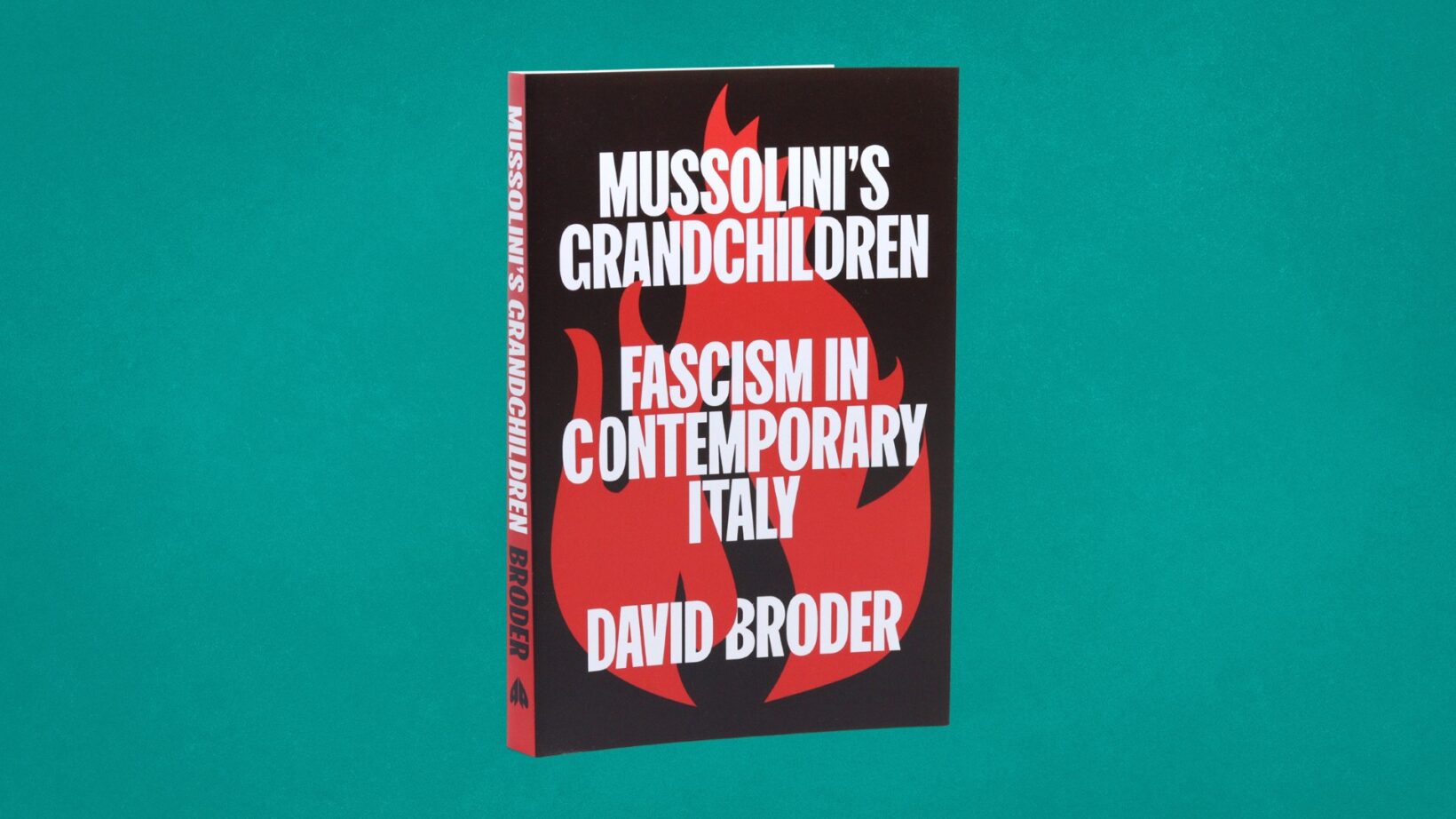Rapidly increasing homelessness continues to blight the largest city in Latin America.
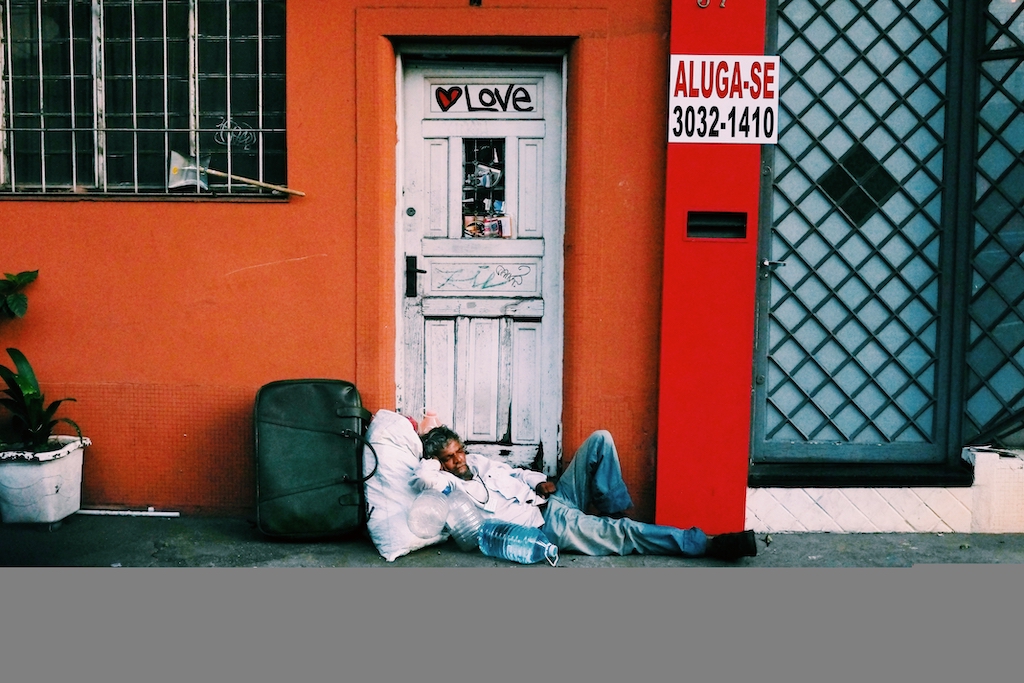
on food and energy coupled with increasing unemployment’- Photo: Peter Buchan
Father Julio Lancellotti, 72, parish priest of Basílica Santuárío São Miguel Arcanjo is a regular sight on the streets of São Paulo. He pushes a resurrected supermarket trolley full of various personal items and food and is followed through the streets by his entourage of volunteer disciples. Their mission? To provide a toothbrush, bar of soap and a hot meal to a rapidly growing army of homeless people in the city.
It’s one of his regular rituals. Like the prayers he offers and the sermons he preaches to the faithful each Sunday. Smatterings of reassurance that everything will be okay as long as they believe. His work on the streets of São Paulo, however, is more pragmatic
Father Lancellotti is one activist who is trying to respond to a growing homeless crisis that this city, like many across Brazil, is now experiencing and there are many tales of hardship.
We hear stories of a man who, since September 2021, has been living in a tent on the sidewalk with his pregnant wife – his neighbour, also homeless, is a single parent mother with four children. We hear of another single parent, sleeping in the open on a mattress with her three children, put out onto the streets when she was no longer able to pay her rent.
Rising unemployment and a rapid increase in the cost of accommodation (increasing in some cases by as much as 100 per cent) has pushed many into homelessness and onto the streets of São Paulo during the pandemic.
Some worry that this double jeopardy of joblessness and rising rent prices ( as well as inflationary pressures on food and energy) may yet put more of the city’s residents at risk of losing their homes.
“So yes,” Kelseny Medeiros Pinho, a popular lawyer, activist and researcher with LabJuta – Territorial Justice Laboratory, agreed. “The line between people who have a home and people living in the streets has never been so thin. I talk to a lot of mothers, Brazil has a lot of single mums at their families head, who have just experienced [being] homeless for the first time in their lives, because they could not afford rent.”
Homelessness in this city of 12 million with a greater metropolitan population of 22 million, is nothing new. It has been estimated, for example, that 20 years ago there were 10,000 people in the city without a home. At that time, it was thought that the homeless were predominantly men with drug and alcohol issues, though no one, then or now, has ever stopped to consider why these people had such difficulties?
Today it is estimated that addiction accounts for a third of the people who find themselves homeless in São Paulo, while loss of income and family conflicts are now considered the predominant drivers for the vast majority of those who are without shelter.
That is not to say, of course, that those who do find themselves without a home don’t turn to drugs and alcohol in despair. What is certain is that the number of homeless people is climbing.
In the four years between 2015 and 2019, the city’s homeless population soared by a massive 53 percent while in the last two years of the global pandemic it has increased again by 31 per cent. According to the latest census, 31,884 are now without a roof over their head and living on the streets of São Paulo. A 300 per cent increase since 2002.
The present wave of homelessness has also witnessed an increasing number of traditional families and single women units being pushed onto the streets, with around 2000 children now thought to be living homeless in the city.
Such official statistics, however, are often regarded as an underestimate by the many charities and social reform movements that operate in São Paulo.
“One thing that is important to understand,” Kelseny Meideros Pinho counselled. “The census only reckons on people living on the pavement or living in shelters. It does not count people threatened by evictions, or people living in risk areas, favelas, shacks or in poor housing conditions in general.”
Some reports have put the number of homeless people as high as 65,000. To put that into perspective we could say that is the population of a decent-sized major town and more than double the official statistics.
Rising homelessness in São Paulo emerges from a toxic cocktail of soaring rents, inflationary pressures on food and energy coupled with increasing unemployment (over 12 per cent in February 2022). In a city famed for its hospitality, more than 100,000 jobs have been shed during the pandemic by this sector alone.
The right-wing Alliance for Brazil government of President Jair Bolsonaro has not helped. A decision to slash COVID-19 emergency assistance from 600 reais (£84) to 150 reais (£21) has tipped some over into financial hardship.
It is also worth mentioning, however, that such emergency payments would not have reached those in extreme poverty anyway – often known as o invisível (the invisible) – because they do not have bank accounts.
Meanwhile, neither Bolsonaro nor the governor of São Paulo were moved to introduce a moratorium on evictions for the duration of the pandemic. Hence, their inaction has exacerbated an already desperate situation.
“Evictions saw the numbers rise during the pandemic,” Kelseny added when I spoke to her on Monday, February 14, 2022. “São Paulo has more than 6000 people threatened by evictions according to the eviction’s observatory (Labcidades Research Group).”
Since 2019 Rodrigo Koraicho, who prefers to be known as a lens-based artist, has been working on Ô Culpa (The Fault), a documentary film and art project centred on the plight of 35 families, men, women and children, living in makeshift, unsanitary conditions beneath a flyover in the Bom Retiro district of the city.
“I began my relationship with the people living in this occupation when I was [taking] photographs on the street and two women… living there came to talk to me,” Rodrigo explained. “They were intrigued that I was talking to and photographing a person living on the street and invited me to go to see the place [where] they were living.”
The short film, various poems, drawings and artefacts from the occupation were later displayed in an exhibition held at the Centro Cultural TCU in Brasilia.
“At that time, we had to keep social distance,” Rodrigo told me. “I was already thinking on other approaches I would like to bring to this exhibition. So, I worked also with installations, children’s drawings, poems, objects, sound and a short film. All the installations were made with materials found in the street by me or donated by the residents of the occupation. This is the only way many of these people have to build their homes from what is discarded.”
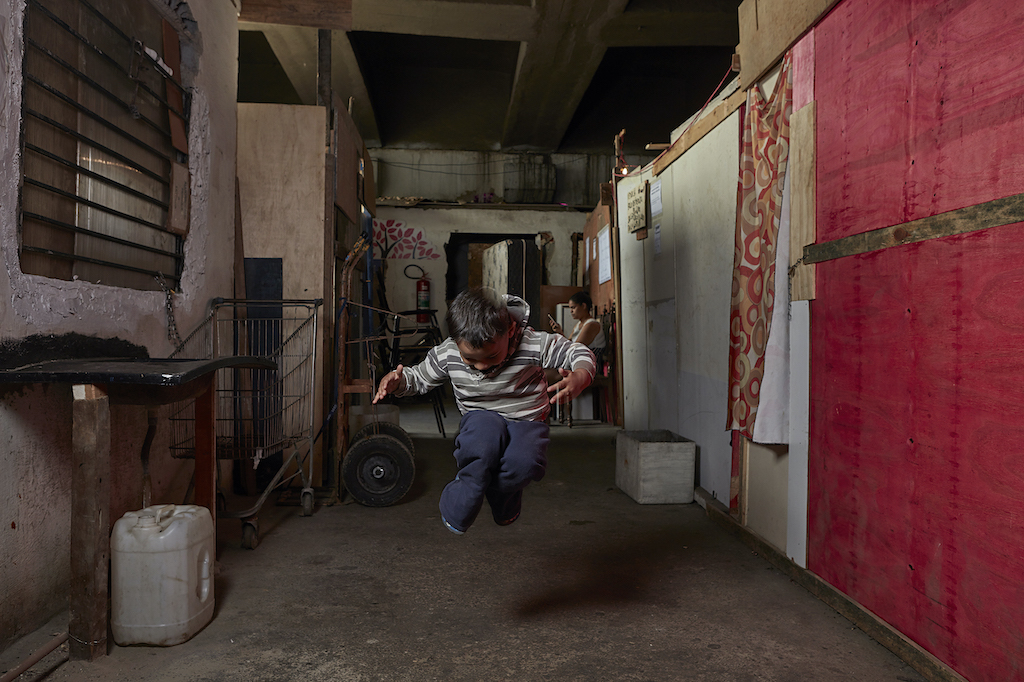
One of the women featured in Rodrigo’s 15-minute film was Marcela. A mother of six, Rodrigo describes her as typical of many of the single women with children forced to live in, ‘extreme conditions.’
As a young woman, Marcela worked in many family homes where she cleaned and helped take care of the children. When she was 16, she fell pregnant but was left to raise their child alone when her boyfriend was sent to prison. He subsequently died in jail and it took Marcela many years to recover from the trauma of those times.
Completely swamped by the dreadful circumstances she found herself in Marcela started to use drugs and alcohol. This led her to an area of the city known as ‘Crackolandia’ or ‘Crackland’ – effectively a solitary block of buildings in central São Paulo notorious for its drug trafficking and the public consumption of narcotics.
“Well, Marcela ended up being arrested,” Rodrigo gently shook his head and sighed. “But from that moment it was a turning point in her life. She abandoned drugs, she left prison (after a 20-month sentence for possession of crack) [and] free of addictions, got her children back.”
Today Marcela is a reference point for many people and is actively involved in the struggle for housing. It was her idea, Rodrigo told me, to prohibit alcohol and drugs from the residency beneath the flyover and get rid of the people who were causing trouble.
“I am not judging,” Rodrigo frowned. “Because they have also a difficult situation of their own. But this way Marcela could put together a bunch of people who are fighting and struggling for housing – that is, here in Brazil, a constitutional right.”
I was surprised and asked Rodrigo to clarify that to have a home was a constitutional right in Brazil?
He shrugged and made a face, “Yeah, but not just a roof over your head, a home with dignity.”
Meanwhile, Marcela has now separated from her husband and is living in a small house in a favela called Moinho.
Of course, a major part of the escalating problem of homelessness in São Paulo and the wider area is the chronic housing shortage.
“The metropolitan region of São Paulo has broken a record,” Rodrigo declared. “The state of São Paulo currently has a housing deficit of around 1.8 million households. Since 2011, this deficit has more than doubled in size, [and is] growing at an average rate of 10% per year. The queue for popular housing exceeds one million subscribers, but the budget for these constructions has been decreasing…year after year. In 2019 [for example] there was a drop of 20% compared with the previous year.”
He goes on to describe it as, “a recurring problem with no resolution horizon.”
Rodrigo Koraicho holds up a dark mirror to his home city revealing the suffering and helplessness that many, who find themselves on the streets, experience. His art, in the form of documentary film, photography and installation attempts to shine a light on what is happening in São Paulo and by these means, hopefully drives reform across Brazil.
During the pandemic, Bolsonaro’s administration has regularly accused their political opponents and the media of conflating the threat of COVID-19. He has stated that his government’s focus was on the economy rather than any supposed health crisis and is on record as saying that coronavirus was no deadlier than ‘flu’.
But São Paulo is not prepared to lie down and the battle to find solutions to its homeless problems is carried forward by the social movements that demand better for its citizens.
“I think that is what is very different in São Paulo, and Brazil in general from other places,” Kelseny Medeiros Pinho informed me. “Is that we have a strong national homeless social movement. They’re in the front fighting for public policies and they acted during the pandemic. I work a lot with them.
“Our state homeless movement, for example, whose leader is Mr Robson Mendonça made 1000 plates of food every day (to feed the homeless) since the pandemic began. He is ex-homeless, [and] that (the provision of food) now helps a lot of people in downtown São Paulo.”
Is it enough?
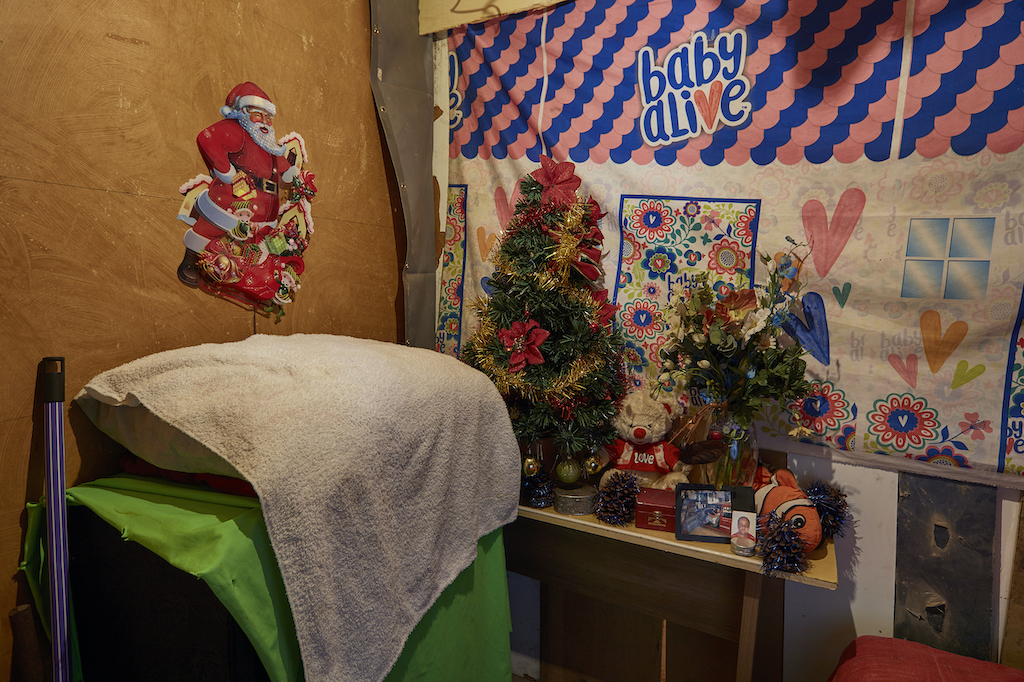
It can be surreal to try and compute that in a world where one man can earn $205 million (£151.4 million) every 24 hours, there are people, often with children, who are left in one of the cruellest situations of them all, homelessness.
I have no doubt that Father Julio Lancellotti will continue to serve the homeless until he, himself, meets his maker. That Rodrigo Koraicho will continue to use his art to draw attention to the dire conditions the homeless find themselves in, and that Kelseny Medieros Pinho will be driven to challenge social injustice wherever it appears.
But these are dark days for the people of São Paulo who can only hope that the work of the many social movements, as well as the efforts of a compassionate priest, a thoughtful lens-based artist, and a lawyer-activist, can help make a difference to their lives.
For Rodrigo Koraicho’s work visit his website https://rodrigokoraicho.com/o-culpa-en
Sergio Burns is a journalist whose work has appeared in serveral newspapers and magazines including Mail On Sunday, Sunday Herald and In These Times(USA). He now works as the Editor of AM Magazine in Scotland.
